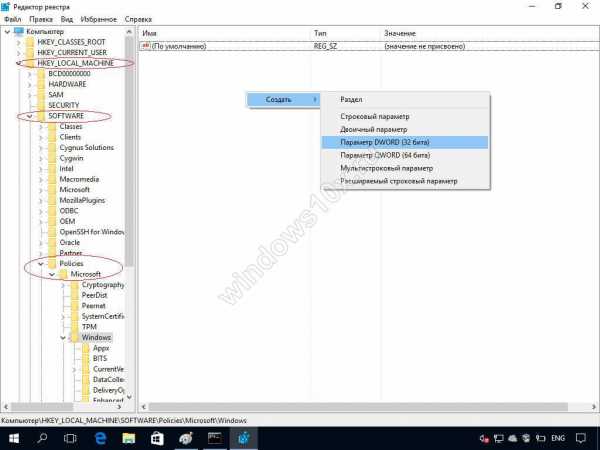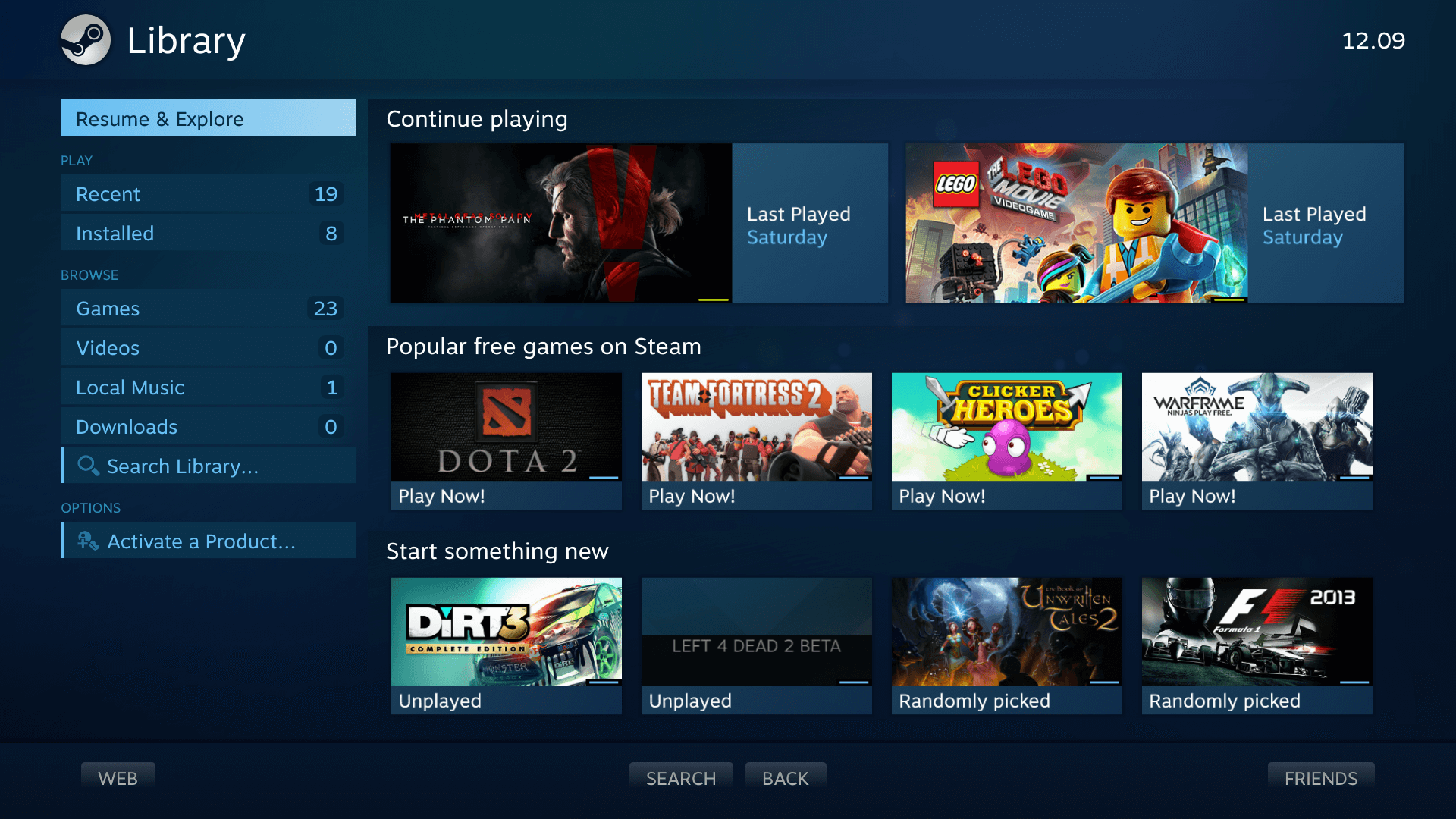

Under Frequency, choose the time that best suits you.Make sure Increased task priority if three consecutive scheduled runs are missed is ticked.Ensure Run on a schedule (recommended) is ticked.Under Scheduled optimization, select Change settings.Follow the same steps stated above to open the defrag window.You can also create an automatic schedule for it. We also suggest defragmenting your drive at least once a month.


The number of drives that show up might differ according to the number of drives you have set up. For HDD, you might have to first click on Analyze. Click on Optimize and let the process run its course for SSDs.A pop-up titled Optimize Drives will open up click on any one drive that shows up.Windows has its own drive optimization tools. You are not damaging it with Defragmentation because the tool isn’t actually defragmenting the SSD. For Solid State Drives, the optimization tool will execute the trim command. But understand that Defragmentation is only applicable for HDD drives. Defragmentation helps organize the data in your hard drives. Less fragmentation means data retrieval will be faster, which improves the PC’s overall performance. Optimize the Drivesĭefragmentation, as the name suggests, helps reduce systems fragmentation. Your PC will run faster by the time you finish the article. We will cover both system tweaks as well as a few hardware concepts to help you achieve a faster Windows 11.įollow the tips and tricks stated below and work them in your OS as you read this article. Check / Disable Unnecessary Startup Apps.


 0 kommentar(er)
0 kommentar(er)
